拆封筆電收購 收購ASUS筆電 收購ROG電競筆電 收購ACER筆電 收購Msi電競筆電 收購微軟SURFAC 看全文
The cheaper $600 Asus ROG Ally is here, and you probably shouldn’t buy it 拆封筆電
拆封筆電
The cheaper $600 拆封筆電asus ROG Ally is here, and you probably shouldn’t buy it
The cheaper $600 拆封筆電asus ROG Ally is here, and you probably shouldn’t buy it
/
With less performance and no meaningful battery improvement, why does this exist?
Share this story
If you buy something from a Verge link, Vox Media may earn a commission. See our ethics statement.
If you’ve been eying an 拆封筆電asus ROG Ally gaming handheld but can’t quite justify the $700 price tag… you’ll probably want to keep on waiting. Today, the company has begun selling a less-expensive $600 model with a lower-performance AMD Z1 chip, but early reviews suggest the Windows gaming handheld is too compromised to justify the purchase.
Bottom line: Z1 performance is reportedly worse than the $400-and-up Steam Deck, without any significant battery life benefit to make up for the loss of power.
Brief refresher: three months ago, 拆封筆電asus began shipping the ROG Ally, a Windows gaming handheld designed to compete on price and performance with Valve’s Steam Deck. It had a lot going for it, including mostly better-than-Deck performance, an excellent 120Hz variable refresh rate screen that makes everything feel smoother, a delightfully quiet fan, and a plugged-into-the-wall 30W Turbo mode that makes its Z1 Extreme chip even more potent.
But the handheld was held back by impotent software that doesn’t make Windows easy to use handheld, iffy battery life, a weird performance gap between shipping devices and the original review units, and an SD card reader that tended (tends?) to burn out and is still under investigation.
拆封筆電asus told me in July that it would send me the new $600 Z1 model to test against the original Z1 Extreme, but it never did. Now, I see why: Digital Trends, Retro Game Corps, and PC Mag show it’s simply not an improvement despite the extra money in your pocket.
We knew from AMD’s briefing that the Z1 would be notably slower than the Z1 Extreme, with two fewer CPU cores, four fewer GPU cores, and 5.8 teraflops less graphical performance. What we didn’t expect is that would take 拆封筆電asus to “weaker than even the Steam Deck,” according to Digital Trends’ Jacob Roach.
If 拆封筆電asus had sent me one, I would have looked for the silver lining of battery life — perhaps AMD’s weaker chip would get more? But Retro Game Corps, in particular, shows that battery life is only slightly better with weaker games and can be comparable or worse with triple-A titles. When fully loaded, the Z1 Extreme might actually be more efficient.
None of that is enough to make the Z1 a bad product; as you’ll see in the video above, there’s plenty this system can play reasonably well! And with my $700 Z1 Extreme review unit, I’m anecdotally finding it’s a much better Starfield machine than the Steam Deck, particularly if you plug it into the wall.
But if you’ve only got $600 to spend, it seems pretty likely the Z1 ain’t it. And if you’ve got $700, I definitely wouldn’t bother with it.
(Note: The 512GB model of the Steam Deck does technically retail for more than the 512GB ROG Ally at $650 vs. $600, but the Steam Deck also starts at $400, and it’s easy to swap in a new drive yourself — just one extra screw compared to my fan replacement video. Also, it’s on sale right now.)
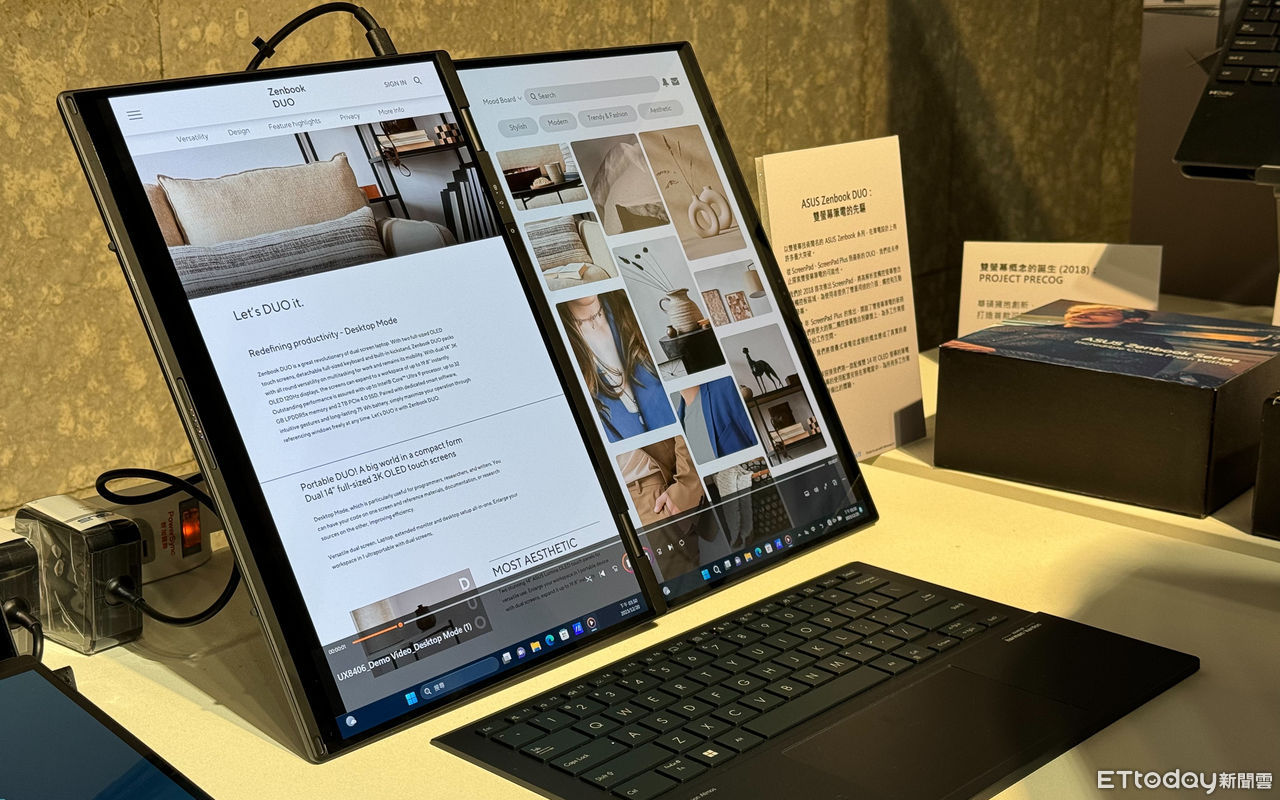
▲ 華碩公開新款 拆封筆電asus Zenbook DUO 筆電。(圖/記者樓菀玲攝)
記者樓菀玲/台北報導
華碩在 CES 2024 期間舉行線上發表會,今日最受矚目的是全新 Zenbook Duo 雙 14 吋 OLED 觸控螢幕筆電和ZenScreen Fold OLED 可攜式摺疊螢幕,這兩款產品展現了華碩在雙螢幕技術方面的持續創新。
華碩 Zenbook Duo 雙 14 吋 OLED 觸控螢幕筆電,作為全球首款配備兩個 14 吋 OLED 觸控螢幕的 AI 筆電,重量僅 1.35 公斤,其 180 度轉軸設計和 16:10 的 拆封筆電asus Lumiana OLED 螢幕,搭配可拆式全尺寸 ErgoSense 鍵盤,支援多種使用模式,如桌機、筆電、分享和雙螢幕模式,以滿足多樣的工作和創作需求。
Zenbook Duo 2024 年式配備 Intel Core Ultra 9 處理器、32 GB LPDDR5X 記憶體、高達 1 TB PCIe 4.0 SSD,並擁有 75 Wh 電池支援快速充電,除了 Zenbook Duo,華碩還推出了一系列其他創新產品,包括 ZenScreen Fold OLED 可攜式摺疊螢幕、拆封筆電asus Vivobook Pro 15 OLED 等,為 AI 運算和多工處理提供加速。
華碩消費性筆電全球行銷總監傅星翔表示,華碩會因應依各產品線不同需求,分別導入不同應用和技術,像是本文提及的 Zenbook Duo 就是因應 AI 時代而生的筆電。
雙 14 吋 16:10 全尺寸 拆封筆電asus Lumina OLED 觸控螢幕,可在視訊會議、傳送檔案、網頁瀏覽及AI相關應用程式的多工處理中,能有更高效的生產力。舉例來說,Copilot 的使用,會佔據螢幕大約 1/3 的視窗面積,而 UX8406 的雙 14 吋螢幕,增加了延伸的空間給 Copilot 視窗,讓使用者多視窗運用 AI 協作更有效率。。
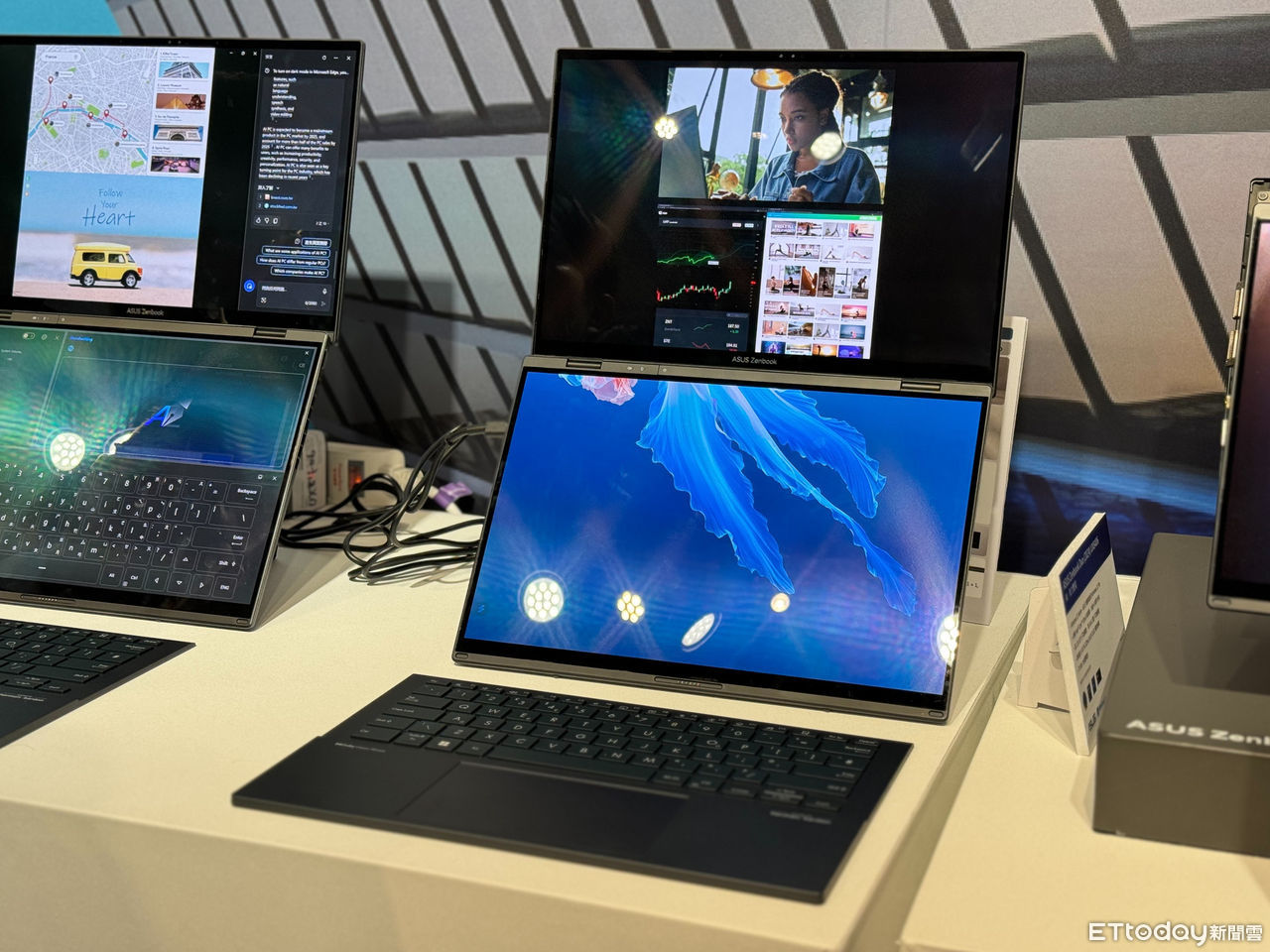
▲ 新款 拆封筆電asus Zenbook DUO 筆電採用雙螢幕設計。(圖/記者樓菀玲攝)
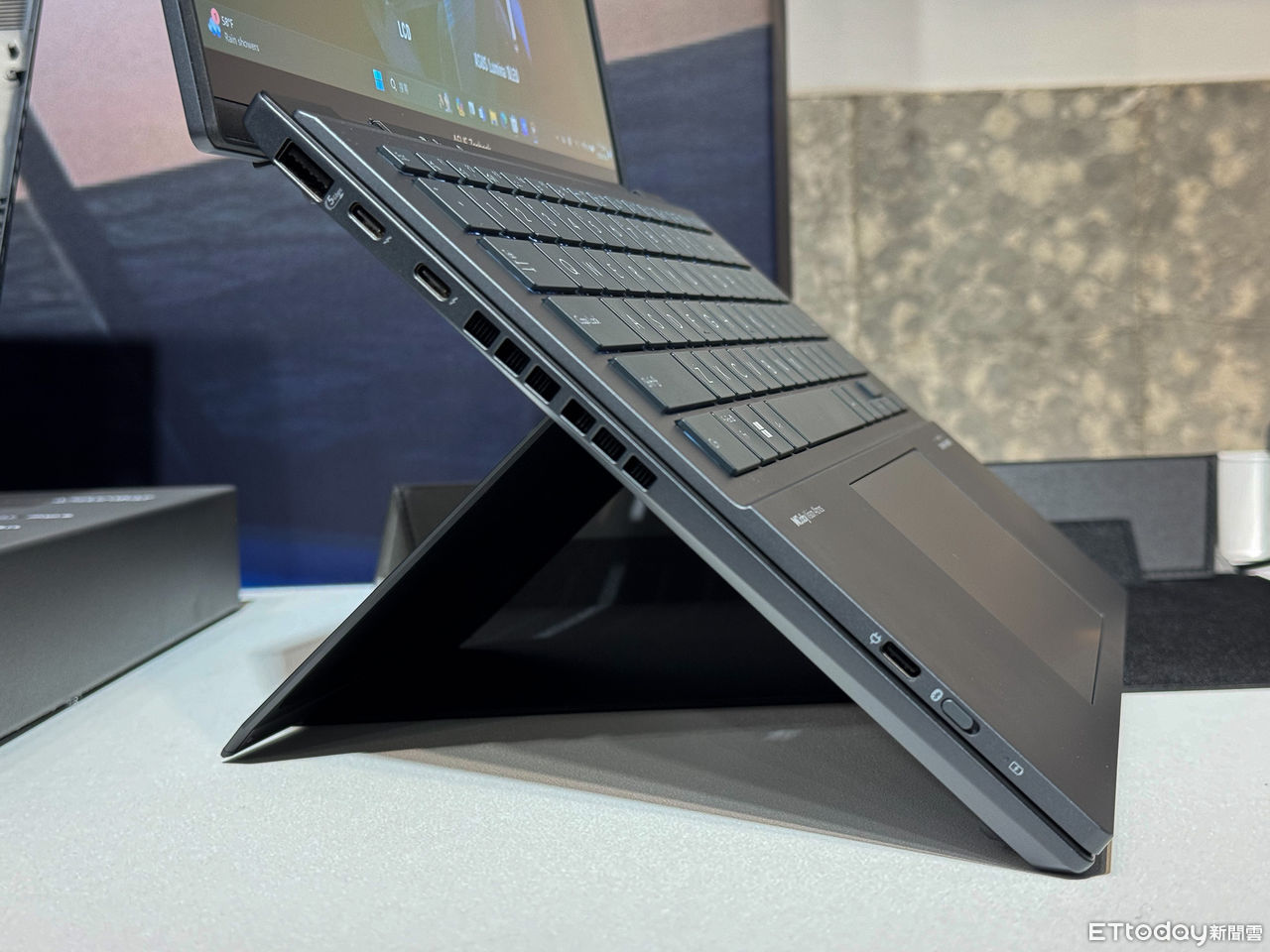
▲ 拆封筆電asus Zenbook DUO 筆電側面結構,原本 C 面的鍵盤變成兩件式設計。(圖/記者樓菀玲攝)
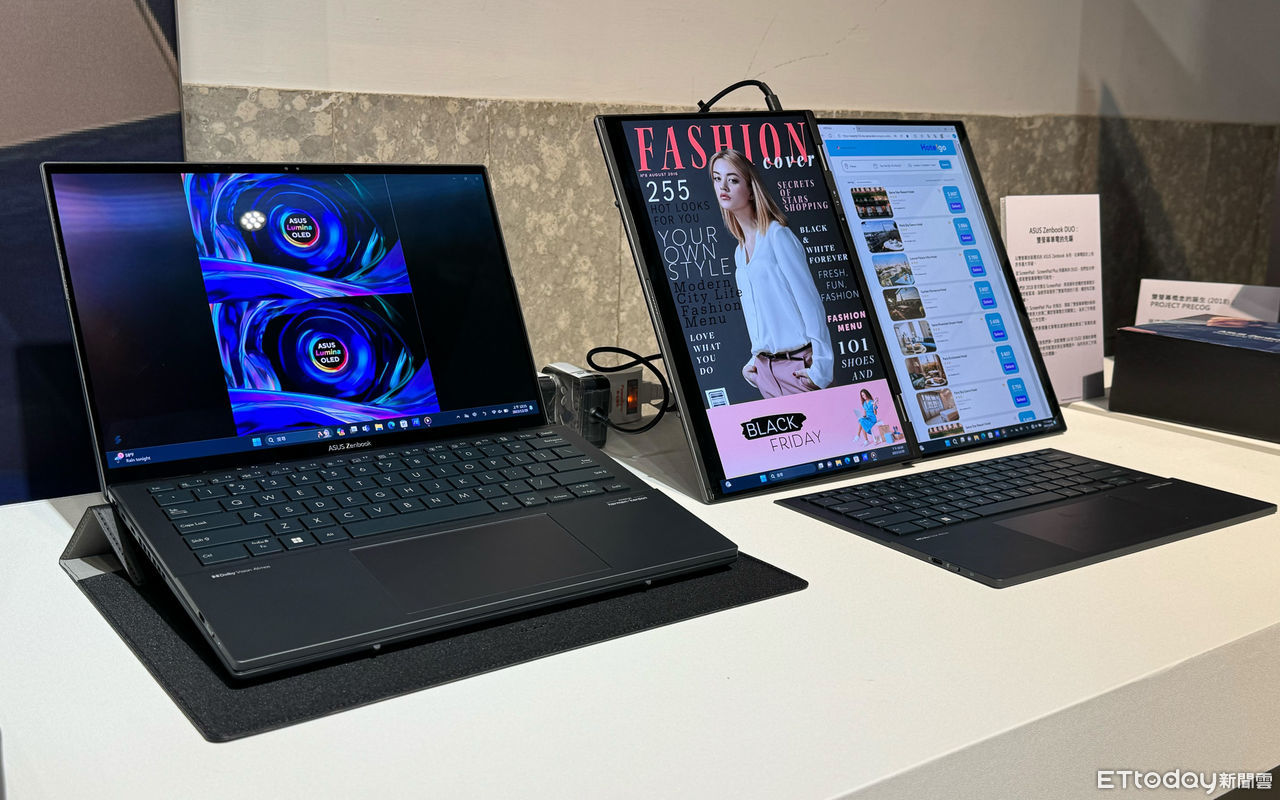
▲ 圖左為一般使用情境,圖右則是將兩片螢幕直立敞開使用。(圖/記者樓菀玲攝)
拆封筆電 拆封筆電
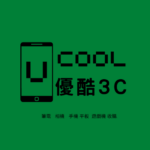
:format(webp)/cdn.vox-cdn.com/uploads/chorus_asset/file/24649876/拆封筆電asus_rog_ally_vjeran_pavic_the_verge_002.jpeg)